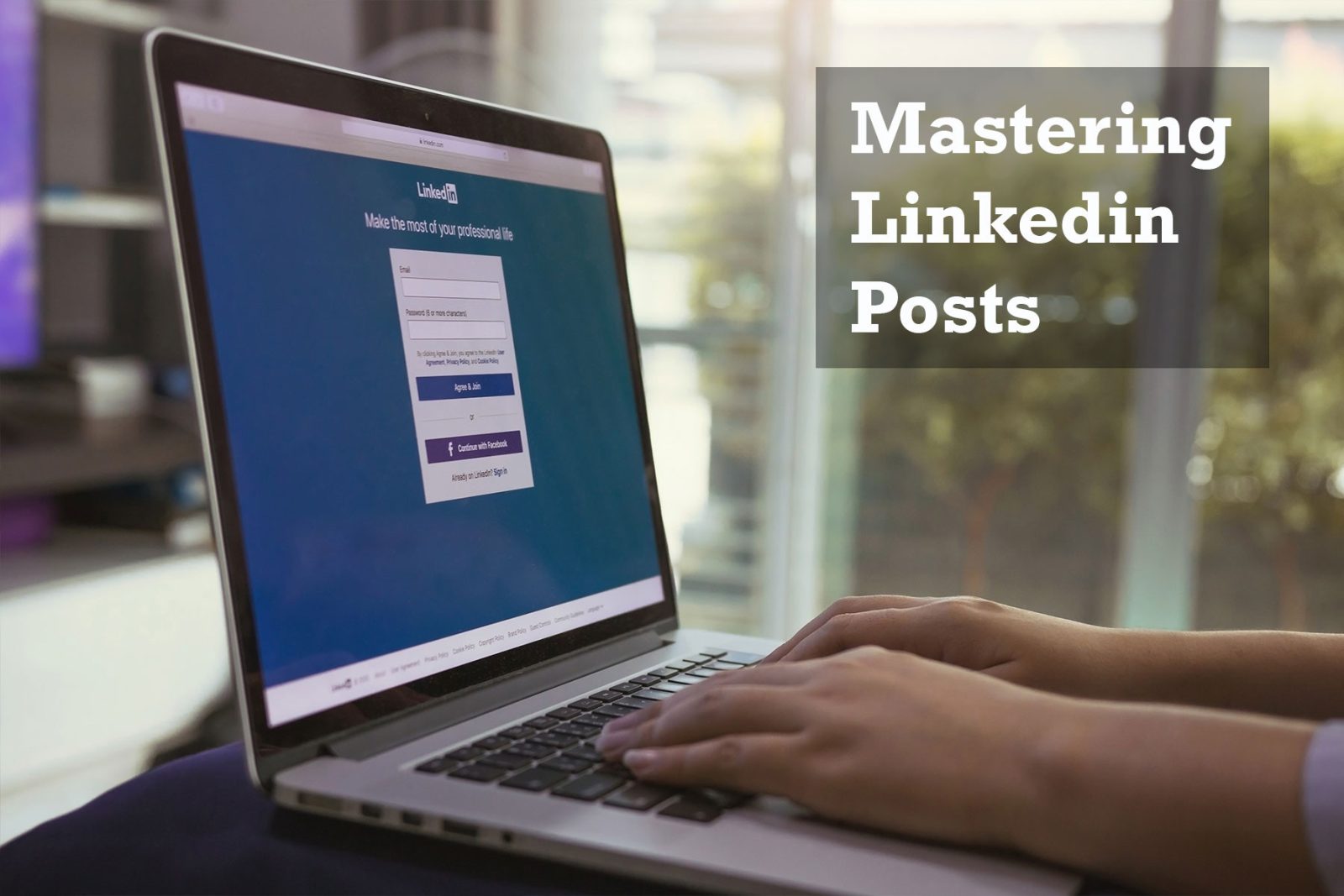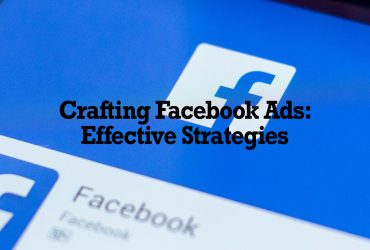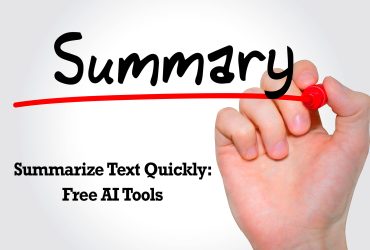LinkedIn stands out as a professional networking platform, offering a unique space for content creators, digital marketers, and influencers to share their insights and establish their authority in their respective fields. With over 700 million users, LinkedIn provides a vast audience for professionals to connect with peers, potential clients, and employers. Creating engaging and optimized posts on this platform can lead to increased visibility and opportunities for career growth and business development.
Knowing how to write LinkedIn posts that are both engaging and optimized is crucial for standing out in the platform’s content-rich environment. Well-crafted posts can captivate your audience, spark meaningful conversations, and lead to higher engagement rates. This, in turn, can amplify your reach and strengthen your professional brand. To achieve this, it’s essential to understand the platform’s nuances and tailor your content strategy accordingly.
Understanding LinkedIn’s Algorithm
LinkedIn’s algorithm is designed to prioritize content that is most relevant and engaging to users. It takes into account various factors such as the strength of your network, the interests of your connections, and how users interact with your content. Posts that receive immediate engagement are more likely to be displayed in the feeds of a broader audience, making early interactions key to increasing your post’s visibility.
To harness the power of LinkedIn’s algorithm, focus on creating content that resonates with your audience and encourages interaction. Simple strategies include posting at optimal times when your network is most active, asking thought-provoking questions, and using relevant hashtags to expand your content’s reach. Engaging with comments promptly can also fuel further discussion and keep your post circulating in the feed.
Defining Your Target Audience
Before you write a post on LinkedIn, it’s important to define who you’re trying to reach. Your target audience could be industry peers, potential employers, or customers. Consider crafting buyer personas or professional profiles to better understand who will be reading your content and what they might be looking for in your posts.
Once you’ve identified your target audience, delve into their needs, interests, and challenges. This knowledge will guide you in creating content that provides value, whether through sharing industry insights, offering solutions to common problems, or presenting new ideas. By addressing the topics that matter most to your audience, you’ll foster stronger connections and position yourself as a thought leader.
Crafting Attention-Grabbing Headlines
An engaging headline is your first opportunity to grab a reader’s attention. Use powerful language, clear benefits, or intriguing questions to make your headline irresistible. The goal is to spark curiosity and compel users to click through and read your full post.
Effective LinkedIn headlines often include numbers, questions, how-to formats, or direct calls to action. For instance, “5 Strategies to Boost Your Digital Marketing ROI” or “How to Write LinkedIn Posts That Engage and Convert” are structured to attract attention by promising valuable information.
Structuring Your LinkedIn Posts
A well-structured LinkedIn post should have a clear introduction, body, and conclusion. Start with a hook that draws readers in, followed by the main content that delivers on the promise of your headline, and end with a call to action that encourages engagement or shares the next steps.
To enhance readability, use short paragraphs and bullet points to break up text. Bold or italicize important points for emphasis and ensure a logical flow of ideas to keep readers engaged from start to finish. A conversational tone can also make your content more relatable and encourage responses.
Incorporating Visuals and Media
Visual content can significantly boost the appeal and effectiveness of your LinkedIn posts. Images, videos, and infographics are more likely to catch the eye of users scrolling through their feeds, making them more likely to pause and engage with your post.
When incorporating visuals, ensure they are high-quality and relevant to your content. Custom graphics and branded visuals can enhance recognition and trust. For videos, keep them concise and include captions for viewers who may watch without sound. Infographics and presentations should be clear, informative, and aligned with your post’s message.
Utilizing LinkedIn’s Publishing Features
LinkedIn offers a variety of publishing options beyond standard posts. Articles allow for longer-form content, providing a platform for in-depth exploration of topics. Documents and slideshows can be used to share more detailed information, such as whitepapers or presentations, directly on the platform.
To make the most of LinkedIn’s publishing features, consider your content’s purpose and the best format to convey your message. Articles are ideal for thought leadership pieces, while documents and slideshows can be effective for tutorials or data-driven insights. Regardless of the format, focus on delivering value and fostering engagement to connect with your audience effectively.
Writing Engaging Introductions
When it comes to how to write LinkedIn posts, the introduction is crucial. It’s your chance to grab the reader’s attention and make them want to read more. Start with a question, a bold statement, or a compelling fact that relates to your audience. Your goal is to spark curiosity and draw them into the rest of your content.
Techniques for writing compelling introductions involve a mix of creativity and understanding your audience. Use a conversational tone to make your post relatable and ensure the opening lines are directly relevant to the topic. A good introduction sets the tone for the rest of the post and provides a clear indication of the value the reader will gain from continuing.
Crafting Persuasive Body Content
Creating persuasive and informative content is key when you write a post on LinkedIn. Your body content should deliver on the promises made in your introduction. Use clear, concise language and structure your content with your audience’s needs in mind. Break down complex ideas into digestible pieces that encourage your readers to keep going.
Incorporating storytelling, data, and personal experiences can greatly enhance your posts. Stories help illustrate points and make your content memorable, while data backs up your claims with evidence. Sharing personal experiences can foster a sense of connection and trust with your audience, making your post more engaging and impactful.
Using LinkedIn’s Formatting Tools
LinkedIn offers a range of formatting options to help your posts stand out. Utilize these tools to break up text and highlight key points. Headings can guide readers through your content, while bullet points make lists more readable. Using bold or italic text can emphasize important information, but use these sparingly to avoid overwhelming your audience.
Understanding how to write LinkedIn posts involves more than just crafting engaging content. It’s also about being discoverable. Keywords play a significant role in this. Include relevant keywords naturally in your content to improve your post’s visibility in search results. However, don’t overdo it; keyword stuffing can have a negative effect.
Tools like LinkedIn’s search bar can help you identify popular keywords related to your topic. Use these insights to optimize your content without compromising its readability or quality. Remember, the primary goal is to provide value to your readers, not just to rank well in search results.
Building connections on LinkedIn is about more than just posting content. It’s about interaction. Engage with your audience by responding to comments, asking questions, and encouraging discussion. This not only shows that you value their input but also helps to create a community around your content.
Optimizing for Maximum Click-Through-Rate
To drive traffic from search engine results pages (SERPs), your LinkedIn posts must be optimized for click-through-rate (CTR). This involves writing compelling meta descriptions and considering the use of rich snippets. Your meta description should provide a clear and enticing summary of your post’s content, while rich snippets can enhance the post’s appearance in search results.
LinkedIn groups and communities are excellent places to share your content and increase its visibility. When you share posts within these groups, ensure they’re relevant and provide value to the group members. This can lead to more engagement and help establish you as a thought leader in your field.
To improve how to write LinkedIn posts, it’s essential to track and analyze their performance. Use LinkedIn’s analytics tools to monitor engagement, reach, and CTR. These insights can inform your content strategy and help you understand what resonates with your audience.
Finally, consider repurposing your LinkedIn posts into other content formats. This can extend the life and reach of your content, allowing you to connect with a broader audience across different platforms. Whether it’s a blog article, video, or podcast, repurposing content is an efficient way to maximize the impact of your LinkedIn posts.
The Power of Personal Branding on LinkedIn
Understanding how to write LinkedIn posts effectively is crucial for establishing a strong personal brand. Your posts on LinkedIn are a reflection of your professional identity and can significantly influence how you’re perceived in your industry. To create a powerful personal brand, consistently share insights and stories that resonate with your audience and highlight your professional journey. It’s important to strike a balance between being personable and professional, allowing your unique personality to shine through while maintaining a level of decorum that’s expected in a professional setting.
To showcase your expertise and credibility, focus on creating content that adds value to your network. Share your thoughts on industry trends, offer solutions to common challenges, or provide a new perspective on topical issues. This not only positions you as a thought leader but also encourages engagement from your connections. Your unique value proposition should be evident in every post you make. Clearly communicate what sets you apart from others in your field and why someone should pay attention to your content.
Building a personal brand takes time and consistency. Your LinkedIn posts should align with your professional goals and the image you want to project. Use a tone and language that’s true to you, but remember to tailor your message to your intended audience. Regularly engage with your network by responding to comments and participating in discussions. This two-way interaction not only strengthens your brand but also fosters meaningful connections that can lead to new opportunities.
Avoiding Common LinkedIn Post Mistakes
When learning how to write a LinkedIn post, it’s equally important to be aware of common pitfalls. One major mistake is being overly promotional without providing real value to your audience. Instead of using LinkedIn merely as a platform for self-promotion, focus on contributing meaningful insights and fostering genuine connections. Another common error is neglecting the importance of a well-crafted narrative. A compelling story can make your post stand out, so take the time to craft your message thoughtfully.
To maintain professionalism, pay careful attention to the language and tone of your posts. Avoid controversial topics that could harm your professional reputation and steer clear of divisive language. It’s also vital to ensure the accuracy of the information you share. Double-check your sources and facts before posting, as sharing incorrect information can damage your credibility. Remember that LinkedIn is a professional network, so always strive to keep your content appropriate and respectful.
Another aspect to consider is the visual appeal of your posts. A wall of text can be daunting and may discourage readers from engaging with your content. Break up your text with white space, use bullet points or numbered lists, and include relevant images or videos to enhance readability and engagement. Lastly, avoid spammy tactics such as using excessive hashtags or tagging irrelevant individuals. These practices can annoy your audience and detract from your message.
Staying Updated with LinkedIn’s Latest Features and Updates
To write a post on LinkedIn that resonates with your audience, it’s crucial to stay informed about the platform’s latest features and updates. LinkedIn frequently updates its algorithms and introduces new tools that can affect how your content is displayed and engaged with. By keeping up with these changes, you can adjust your post-writing strategies to ensure maximum visibility and engagement.
There are several resources available to help you stay on top of LinkedIn’s updates. Follow official LinkedIn blogs, subscribe to newsletters from LinkedIn influencers, and join LinkedIn groups where professionals discuss platform changes and best practices. Participating in webinars and online courses can also provide valuable insights into optimizing your LinkedIn presence.
Adapting your strategies to incorporate new features can give you a competitive edge. For example, if LinkedIn introduces a new post format or interactive element, experiment with it in your content strategy. Early adoption of new features can not only pique the interest of your audience but also signal to LinkedIn’s algorithm that you’re an active and engaged user, potentially increasing the reach of your posts.
Final Thoughts
Mastering how to write LinkedIn posts is a continuous process that involves understanding the nuances of personal branding, avoiding common mistakes, and staying current with the platform’s evolution. The tips and strategies discussed in this guide are designed to help you create compelling content that engages your audience and enhances your professional image.
Now is the time to put these techniques into practice. Start by refining your personal brand, crafting thoughtful and valuable content, and engaging with your network. Keep an eye on LinkedIn’s latest developments and be prepared to adapt your approach. With dedication and a willingness to learn, you can become a LinkedIn post master, unlocking new opportunities and strengthening your professional network.





